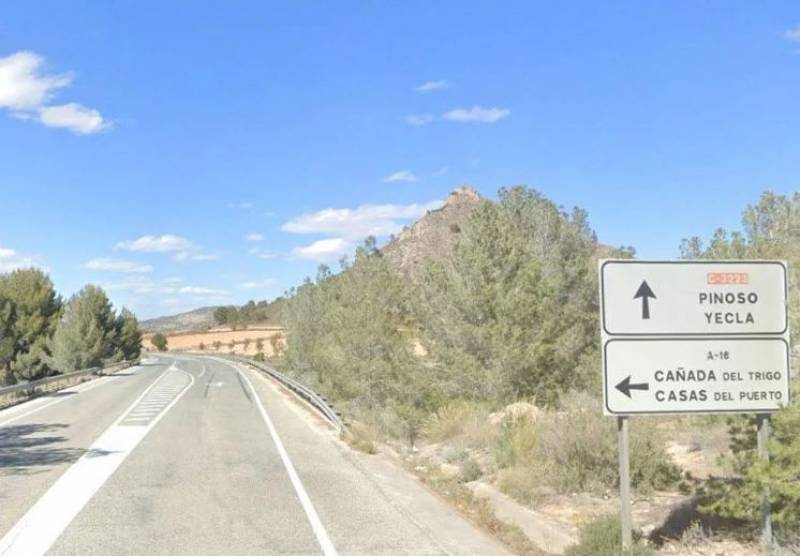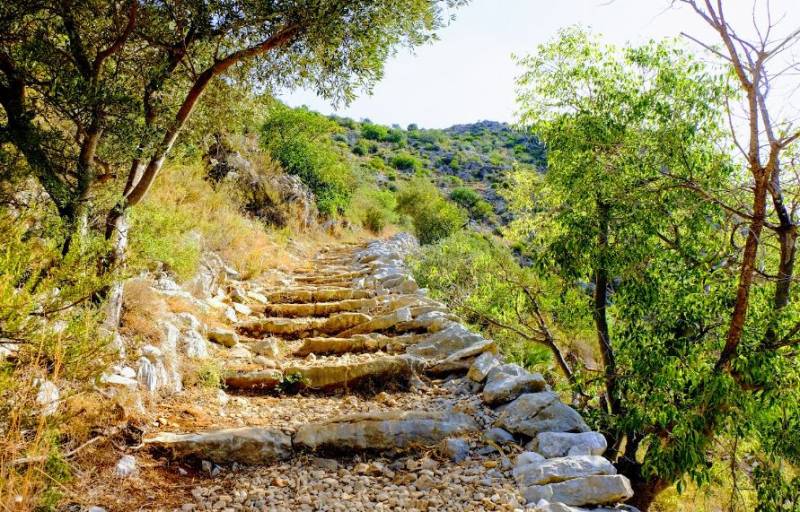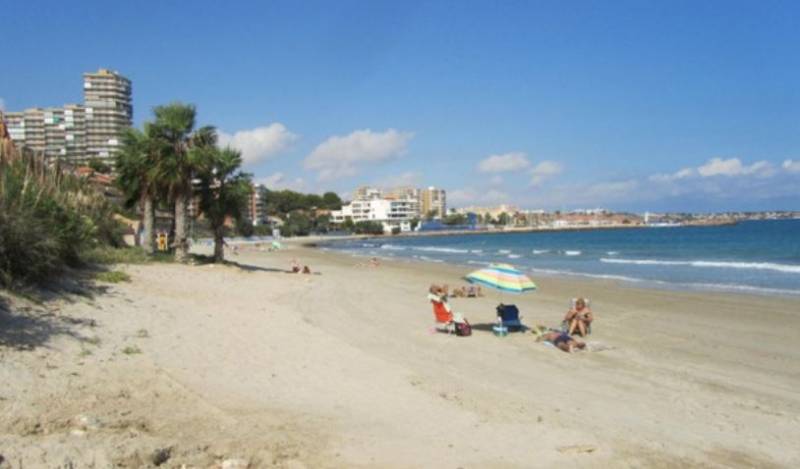

Guidelines for submitting articles to San Pedro del Pinatar Today
Hello, and thank you for choosing San Pedro del Pinatar.Today to publicise your organisation’s info or event.
San Pedro del Pinatar Today is a website set up by Murcia Today specifically for residents of the urbanisation in Southwest Murcia, providing news and information on what’s happening in the local area, which is the largest English-speaking expat area in the Region of Murcia.
When submitting text to be included on San Pedro del Pinatar Today, please abide by the following guidelines so we can upload your article as swiftly as possible:
Send an email to editor@spaintodayonline.com or contact@murciatoday.com
Attach the information in a Word Document or Google Doc
Include all relevant points, including:
Who is the organisation running the event?
Where is it happening?
When?
How much does it cost?
Is it necessary to book beforehand, or can people just show up on the day?
…but try not to exceed 300 words
Also attach a photo to illustrate your article, no more than 100kb

Valencia specialities: Arroz con Costra
This is known in Valenciano as arrós amb crosta

One of the great pleasures of exploring a region is uncovering dishes which are typical of a localised area, or are produced in a specific fashion due to an abundance of natural ingredients.
Rice is a raw ingredient produced in several parts of Spain and Valencia has gained world-wide infamy for its “paella” made with Valencian rice.
However, in the lower reaches of the Region of Valencia is the Alicante province and a local dish using rice, but prepared in a different fashion is found frequently throughout the comarcas of Bajo Vinalopó, Vega Baja and Marina Alta: Arroz con costra.
This filling dish can be served both as a starter in restaurants offering a well priced Menu del día or is often eaten as a hearty main dish, and there are as many variations as there are raw ingredients, the only limitation being the imagination of the cook in question!
As a general rule, rice is the core ingredient, chicken or rabbit are generally incorporated with the rice, along with some type of vegetable, saffron, water, garlic and tomato, and the whole dish is topped off with an egg mixture incorporating a little paprika or chilli and often a small amount of spiced chorizo sausage or one of the typical “embutidos” winter sausages and meat products which are so popular in Spanish rural cuisine.
The process involved browning off the garlic, meat and vegetables to be incorporated in the rice mixture, then adding the rice, tomatoes, saffron, garlic and water to part cook the rice.
The beaten egg mixture and sausage is then poured over the mixture and the whole pan baked in the oven until there is a hearty crust on the rice and the rice is cooked through. When this dish is cooked in a campo setting over a log fire a lid is put on the pan instead of the whole pan going into an oven, the result still being a topped dish, although with less of a baked crust.
This is best prepared in one of the heatproof earthenware dishes sold in most Spanish ferreterías or markets.
The finished result is cut into wedges and served with a good squeeze of fresh lemon, along with bread and salad and is a satisfying, flavoursome dish and a welcome variation on the time-worn paella served to tourists along the coast.
There is a fascinating little story linked to this dish and a tradition dating back to the middle of the 16th century when the Bishopric of Orihuela was first created which is still practised today. Read: The bishop, a glass of lemonade, a dish of rice, the Puerta de la Olma and a white mule.
Basic recipe for 4 people as a main course
Ingredients:
200 grams of chopped pieces of chicken
200 grams of chopped rabbit
200 grams of assorted Spanish sausages, chopped into largish chunks
800 ml of chicken stock
Saffron ( or paella flavouring for those who don´t have access to saffron )
Olive oil in which to cook the meats and coat the rice when it first goes into the pan
Tomato puree or chopped tomatoes 100 ml
500 grams rice ( can use standard Spanish rice, although this does work with long grain)
8 eggs
Method:
Preferably using an earthenware dish or deep frying pan which can go in the oven, brown off the chicken and rabbit, then add any of the sausages which can be fried ( not morcilla negra- blood sausage if you’ve included that, as it disintegrates.) Once the pieces have browned off add the rice, saffron and tomato, mix well and then add the stock. Allow to cook through until the liquid has been absorbed. Sprinkle the morcilla or additional pieces of sausage onto the top of the mixture, beat the eggs, pour over the top and then bake in an oven at 225 degrees for 6 minutes until the dish has a definable crust. Allow to cool slightly, then cut into wedges and serve.
Meats can be varied, the dish coloured slightly with yellow paella colouring, a little pepper or pimiento added to the egg mix, garlic and other vegetables incorporated into the mix with the meat, or a totally vegetarian version made.
Image: Served as a starter in an Orihuela restaurant as part of a Menu del Día meal.


































